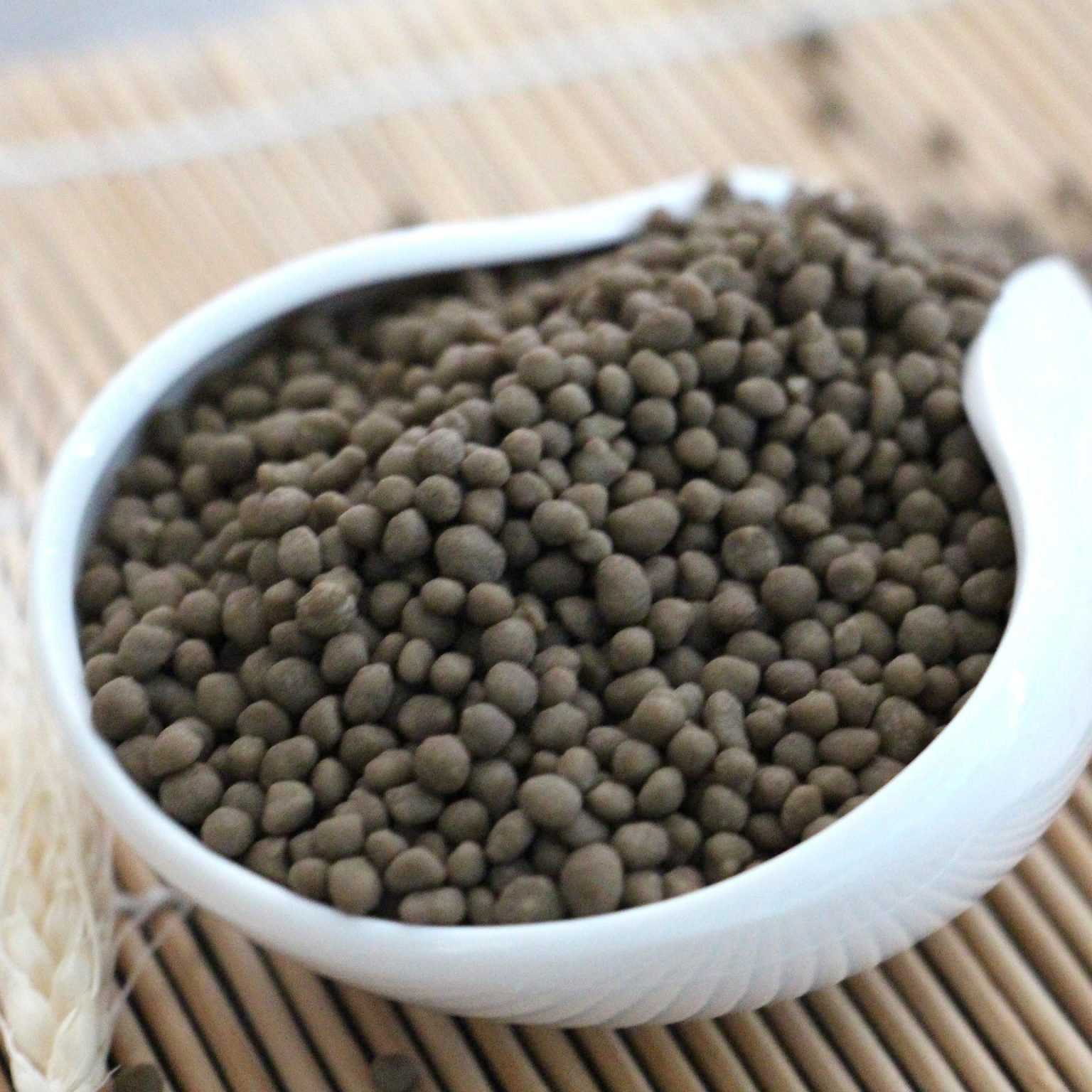

Articles
What Is Dap Fertilizer
Modified: October 28, 2024
Discover the benefits of using DAP fertilizer for your plants. Read informative articles and learn how to maximize growth and yield with this essential nutrient.
(Many of the links in this article redirect to a specific reviewed product. Your purchase of these products through affiliate links helps to generate commission for Storables.com, at no extra cost. Learn more)
Introduction
DAP (Diammonium Phosphate) fertilizer is a popular choice among farmers and gardeners for its high nutrient content and effectiveness in promoting plant growth. It is a widely used phosphorous fertilizer that provides essential nutrients to plants, promoting healthy root development and overall plant vigor. In this article, we will delve into the definition, composition, production process, benefits, drawbacks, factors to consider, and application methods of DAP fertilizer.
DAP fertilizer is known for its balanced ratio of nitrogen and phosphorus, making it valuable for a wide range of crops and plants. This fertilizer is commonly used in agriculture and horticulture to improve soil fertility and enhance crop yield. Understanding the characteristics of DAP fertilizer and how to properly use it can significantly contribute to the success of farming and gardening endeavors.
The main advantage of DAP fertilizer is its high phosphorous content. Phosphorous is an essential nutrient that plays a vital role in plant growth, maturity, and reproductive processes. It is crucial for root formation, seed development, and promoting overall plant health. By providing an ample supply of phosphorous through DAP fertilizer, plants can establish strong root systems, leading to improved nutrient absorption and enhanced resistance to environmental stress conditions.
Key Takeaways:
- DAP fertilizer, with its high phosphorous and nitrogen content, promotes healthy plant growth and soil fertility. Proper application methods and timing are crucial for maximizing its benefits and minimizing potential drawbacks.
- Understanding the balanced nutrient ratio, application techniques, and potential drawbacks of DAP fertilizer is essential for responsible and effective use. It contributes to sustainable agriculture and improved crop yields.
Read more: What Is A Starter Fertilizer
Definition of DAP Fertilizer
DAP fertilizer, also known as Diammonium Phosphate, is a type of fertilizer widely used in agriculture and horticulture. It is a granulated form of fertilizer that contains high levels of phosphorous and nitrogen, making it an excellent choice for promoting plant growth and development. DAP fertilizer provides a balanced nutrient ratio, making it suitable for a variety of crops and plants.
The chemical formula of DAP fertilizer is (NH4)2HPO4, indicating that it is composed of two ammonium ions (NH4+) and one phosphate ion (HPO4^-). This combination of nutrients is highly beneficial for plants, as both nitrogen and phosphorous play crucial roles in their growth and development.
Nitrogen is an essential macronutrient for plants, responsible for promoting leaf and stem growth. It is involved in various metabolic processes within plants, including the synthesis of proteins and chlorophyll. Nitrogen deficiency in plants can lead to stunted growth, yellowing leaves, and reduced overall vigor. By providing a significant amount of nitrogen, DAP fertilizer ensures that plants have an adequate supply of this vital nutrient.
Phosphorous, on the other hand, is a critical nutrient for root development, flowering, and fruiting. It is involved in various physiological processes within plants, including energy transfer, DNA synthesis, and cell division. Phosphorous deficiency can result in poor root development, delayed flowering, and reduced fruit production. DAP fertilizer supplies plants with a substantial amount of phosphorous, aiding in their overall growth and reproductive processes.
Overall, DAP fertilizer is widely recognized for its balanced nutrient ratio and its ability to provide plants with essential nitrogen and phosphorous. Its granulated form and ease of application make it a popular choice for farmers and gardeners alike. By using DAP fertilizer, growers can ensure that their crops and plants receive the necessary nutrients for optimal growth, resulting in healthier and more productive yields.
Composition of DAP Fertilizer
DAP fertilizer is a highly concentrated granular fertilizer that contains a balanced ratio of nitrogen and phosphorous. The typical composition of DAP fertilizer is approximately 18% nitrogen and 46% phosphorous, with the remaining percentage consisting of other trace elements and additives.
The high phosphorous content in DAP fertilizer is essential for promoting healthy root development, flowering, and fruiting in plants. Phosphorous aids in various metabolic processes within plants, including energy transfer, DNA synthesis, and cell division. It plays a crucial role in ensuring optimal plant growth and reproductive processes.
The nitrogen content in DAP fertilizer is equally important for promoting leaf and stem growth in plants. Nitrogen is a vital macronutrient that is involved in essential metabolic processes, including protein synthesis and chlorophyll production. It contributes to the overall vigor and vitality of plants, ensuring they have the energy and resources to grow and thrive.
In addition to nitrogen and phosphorous, DAP fertilizer may also contain small amounts of other essential trace elements such as potassium, calcium, and sulfur. These trace elements are crucial for overall plant health and growth, and their presence in DAP fertilizer enhances its effectiveness in promoting optimal plant growth.
It’s worth noting that the composition of DAP fertilizer can vary slightly depending on the manufacturer and specific formulation. However, the general balance of nitrogen and phosphorous remains relatively consistent, making DAP fertilizer a reliable choice for delivering these essential nutrients to plants.
The granular form of DAP fertilizer makes it easy to handle and apply. It can be spread evenly across the soil or incorporated into the planting hole to ensure that the nutrients are readily available to the plants’ root system. The slow release of nutrients from the granules ensures a steady and prolonged supply of nitrogen and phosphorous, benefiting plants over an extended period.
Overall, the composition of DAP fertilizer, with its balanced ratio of nitrogen and phosphorous, makes it an effective and efficient fertilizer for promoting plant growth and enhancing crop yields. By providing plants with the essential nutrients they need, DAP fertilizer ensures healthy and robust growth, leading to improved agricultural and horticultural outcomes.
Production Process of DAP Fertilizer
The production of DAP (Diammonium Phosphate) fertilizer involves several steps to ensure the optimal formulation and quality of the final product. The process combines ammonia gas and phosphoric acid to create the granular fertilizer that is widely used in agriculture and horticulture.
The production process of DAP fertilizer typically involves the following steps:
- Preparation of raw materials: The first step in the production of DAP fertilizer is the preparation of the raw materials. Ammonia gas (NH3) and phosphoric acid (H3PO4) are the main ingredients used. The ammonia gas is usually obtained from natural gas or other ammonia sources, while the phosphoric acid is derived from phosphate rock.
- Reaction: In the next step, the ammonia gas and phosphoric acid are mixed together in a reactor vessel. This reaction produces ammonium phosphate, the main component of DAP fertilizer. The reaction is exothermic, generating heat as the ammonium phosphate is formed.
- Granulation: Once the reaction is complete, the liquid ammonium phosphate is transferred to a granulator, where it is converted into granules. The granulation process involves spraying the liquid onto a bed of recycled fine material or seed granules. As the liquid is sprayed, it solidifies and forms granules. The size of the granules can be controlled by adjusting the spray conditions.
- Drying: After the granulation process, the newly formed granules are dried to remove any excess moisture. This drying step is essential to ensure the stability and longevity of the fertilizer. The granules are usually dried in a rotary drum dryer, which uses hot air to evaporate the moisture from the granules. The temperature and duration of the drying process are carefully controlled to avoid any degradation of the granules.
- Screening and storage: The dried granules are then screened to remove any oversized or undersized particles. This ensures that the final product has a consistent size and quality. The screened granules are then stored in storage facilities until they are ready for packaging and distribution.
The production process of DAP fertilizer requires careful control of various parameters, including the ratio of ammonia to phosphoric acid, reaction temperature, and drying conditions. This ensures that the final product meets the required specifications in terms of nutrient content, granule size, and physical properties.
It’s important to note that the production process may vary slightly between manufacturers. However, the basic steps of mixing ammonia gas and phosphoric acid, granulation, drying, and screening are common to most DAP fertilizer production processes.
The production of DAP fertilizer is a complex and precise process that requires skilled personnel and adherence to quality control measures. By following these production steps, manufacturers can produce high-quality DAP fertilizer that meets the nutritional needs of plants and contributes to their overall growth and health.
Benefits of Using DAP Fertilizer
DAP (Diammonium Phosphate) fertilizer offers numerous benefits when used in agriculture and horticulture. Its balanced nutrient composition and efficient delivery system make it a popular choice among farmers and gardeners. Here are some of the key benefits of using DAP fertilizer:
- High Phosphorous Content: DAP fertilizer is rich in phosphorous, which is essential for promoting healthy root development, flowering, and fruiting in plants. Phosphorous plays a crucial role in various physiological processes within plants, including energy transfer, DNA synthesis, and cell division. By providing a significant amount of phosphorous, DAP fertilizer helps plants establish strong root systems and ensures robust growth and reproduction.
- Optimal Nitrogen Supply: DAP fertilizer contains a significant amount of nitrogen, which is vital for promoting leaf and stem growth in plants. Nitrogen is a key component of proteins and chlorophyll, essential for plant development and photosynthesis. By providing an adequate supply of nitrogen, DAP fertilizer supports vigorous plant growth, leading to healthier and more productive crops.
- Balanced Nutrient Ratio: DAP fertilizer offers a balanced ratio of nitrogen and phosphorous, providing plants with the necessary nutrients for optimal growth and development. The balanced nutrient composition ensures that both macronutrients are available in the right proportions, promoting overall plant health and productivity.
- Efficient Nutrient Delivery: The granular form of DAP fertilizer provides an efficient and controlled release of nutrients. The granules slowly break down, releasing the nutrients into the soil over time. This gradual release ensures a steady supply of nutrients to the plants, preventing nutrient leaching and optimizing nutrient uptake by the roots.
- Improved Soil Fertility: DAP fertilizer improves soil fertility by replenishing essential nutrients. The phosphorous content in DAP fertilizer helps to build up phosphorous levels in the soil, which may be depleted over time due to plant uptake or leaching. Additionally, the nitrogen in DAP fertilizer contributes to the overall nutrient content of the soil, enriching it and supporting a healthy and productive soil ecosystem.
- Versatility: DAP fertilizer is suitable for a wide range of crops and plants. Its balanced nutrient ratio and efficacy in promoting plant growth make it a versatile fertilizer choice for various agricultural and horticultural applications. Whether used in field crops, fruits, vegetables, or ornamental plants, DAP fertilizer can deliver the necessary nutrients to support optimal growth and yield.
- Cost-effective: DAP fertilizer is cost-effective due to its high nutrient concentration and efficient nutrient release system. It provides a concentrated source of nitrogen and phosphorous, reducing the need for extensive fertilizer applications. The slow release of nutrients also ensures that plants can utilize the fertilizer efficiently, reducing wastage and optimizing the use of resources.
Overall, the benefits of using DAP fertilizer are significant and contribute to improved plant growth, yield, and overall agricultural and horticultural productivity. Its balanced nutrient composition, efficient nutrient delivery system, and versatility make it a valuable tool for farmers and gardeners aiming to optimize plant nutrition and achieve healthy and thriving crops.
DAP fertilizer, or diammonium phosphate, is a popular phosphorous and nitrogen fertilizer. It is highly water-soluble and provides plants with essential nutrients for healthy growth. When using DAP fertilizer, be sure to follow the application instructions to avoid over-fertilization.
Read more: What Is Synthetic Fertilizer
Drawbacks of Using DAP Fertilizer
While DAP (Diammonium Phosphate) fertilizer offers several benefits, it is important to consider the potential drawbacks associated with its use. Understanding these drawbacks can help farmers and gardeners make informed decisions about fertilizer choices and application practices. Here are some of the key drawbacks of using DAP fertilizer:
- Acidifying Effect: DAP fertilizer has an acidifying effect on the soil. The high phosphoric acid content in DAP can lower the pH of the soil over time. This can be problematic for plants that prefer neutral to alkaline soil conditions. It is important to monitor soil pH regularly and make necessary amendments to maintain a suitable pH range for specific crops.
- Potential for Nutrient Imbalance: While DAP fertilizer provides a balanced ratio of nitrogen and phosphorous, excessive use or improper application can lead to nutrient imbalances in the soil. Overuse of DAP fertilizer can cause an excess buildup of phosphorous in the soil, which can inhibit the uptake of other nutrients such as zinc and iron. Regular soil testing and proper nutrient management practices can help mitigate this issue.
- Potential for Environmental Impact: If not used correctly, DAP fertilizer can contribute to water pollution. Excessive use or improper application practices can lead to nutrient runoff into nearby water bodies, causing eutrophication and harming aquatic ecosystems. It is crucial to follow recommended application rates and timings, as well as consider environmental factors such as slope, drainage, and proximity to water sources.
- Cost: While DAP fertilizer is considered cost-effective in terms of its nutrient concentration, its initial upfront cost can be relatively higher compared to other fertilizers. This may pose a financial challenge for some farmers, especially for those with large-scale operations. However, the long-term benefits and increased crop yield associated with DAP fertilizer can help offset the initial cost.
- Root Burn Risks: DAP fertilizer, if applied in direct contact with plant roots or in excessive amounts, can cause root burn. The high salt content and acidity of the fertilizer can damage the delicate root tissues, leading to stunted growth or plant stress. It is important to follow recommended application techniques, such as broadcasting or banding, and to avoid placing the fertilizer directly in contact with seedlings or young plants.
- Storage and Handling Considerations: DAP fertilizer should be stored in a dry and well-ventilated area to prevent caking or clumping. It can absorb moisture from the air over time, reducing its effectiveness. Additionally, proper safety precautions should be followed during handling to prevent inhalation or skin contact with the fertilizer, as it can be irritating to the respiratory system and skin.
Despite these drawbacks, it is important to note that many of these issues can be mitigated through proper fertilization practices, including soil testing, appropriate application techniques, and adherence to environmental guidelines. By understanding the potential drawbacks and implementing responsible fertilizer management practices, farmers and gardeners can maximize the benefits of DAP fertilizer while minimizing the negative impact.
Factors to Consider When Using DAP Fertilizer
When using DAP (Diammonium Phosphate) fertilizer, several important factors should be taken into consideration to ensure its effective and proper use. Understanding these factors can help farmers and gardeners optimize the benefits of DAP fertilizer while minimizing any potential negative effects. Here are some key factors to consider when using DAP fertilizer:
- Soil Testing: Before applying DAP fertilizer, it is essential to conduct a soil test to assess nutrient levels and pH. Soil testing provides valuable information about the soil’s nutrient content, allowing for targeted fertilization practices. It helps determine the appropriate application rates and identifies any specific nutrient deficiencies or imbalances that may require corrective measures.
- Nutritional Needs of the Crops: Different crops and plants have varying nutritional requirements. Consider the specific nutrient needs of the crops you are growing and ensure that DAP fertilizer is suitable for those requirements. Understanding the plant’s growth stage and its nutrient demands can enable more precise fertilization practices and optimal nutrient uptake.
- Application Techniques: DAP fertilizer can be applied using various techniques, including broadcasting, banding, or side-dressing. The choice of application method depends on factors such as crop type, soil conditions, and equipment availability. Broadcasting ensures even coverage across the entire area, while banding concentrates the fertilizer in a specific zone near the plant roots. Consider the specific needs of your crops and the characteristics of your field when selecting the appropriate application technique.
- Timing of Application: The timing of DAP fertilizer application is crucial for optimal nutrient uptake and plant growth. Consider the crop’s growth stage and the recommended fertilization schedule. Applying DAP fertilizer at the right time ensures that nutrients are available when the plants need them the most, maximizing their utilization and minimizing the risk of nutrient loss through leaching or runoff.
- Weather and Environmental Factors: Weather and environmental conditions such as temperature, rainfall, and soil moisture levels can influence the effectiveness of DAP fertilizer. Consider these factors when determining the timing and rate of application. Avoid applying DAP fertilizer during periods of heavy rain, as it can increase the risk of nutrient runoff and pollution. Additionally, consider the environmental impact and proximity to water bodies when planning fertilizer applications.
- Fertilizer Compatibility: When using DAP fertilizer, it is essential to consider its compatibility with other fertilizers and pesticides. Avoid mixing DAP fertilizer with products that are incompatible or may cause undesirable chemical reactions. Always follow the manufacturer’s recommendations and seek expert advice when considering fertilizer combinations.
- Nutrient Management: Proper nutrient management practices are crucial when using DAP fertilizer. Avoid excessive or underutilized fertilizer use, as both scenarios can have negative consequences. Over-application can lead to nutrient imbalances, environmental pollution, and economic losses. Under-application may result in nutrient deficiencies and reduced crop yields. Regular soil testing, nutrient budgeting, and monitoring crop performance can help fine-tune fertilizer application rates and minimize wastage.
By considering these factors when using DAP fertilizer, farmers and gardeners can make informed decisions about fertilization practices. This ensures that the fertilizer is used efficiently, nutrients are delivered effectively to meet plant requirements, and potential negative impacts on the environment are minimized.
Application Methods of DAP Fertilizer
DAP (Diammonium Phosphate) fertilizer can be applied using various methods, depending on the specific needs of the crops and the characteristics of the field. The choice of application method can affect the efficiency of nutrient uptake and the overall effectiveness of the fertilizer. Here are some common application methods for DAP fertilizer:
- Broadcasting: Broadcasting is a widely used method for applying DAP fertilizer, especially in large-scale agricultural settings. In this method, the fertilizer is spread evenly across the entire field using mechanical spreaders or broadcast seeders. Broadcasting ensures even coverage and allows the nutrients to be distributed across a wide area. This method is suitable for crops that have a uniform nutrient requirement and can tolerate a wider distribution of nutrients.
- Banding: Banding involves placing the DAP fertilizer in a concentrated band or strip, usually below or to the side of the seed or plant row. Banding helps deliver the nutrients in a specific zone near the plant roots, maximizing their uptake. This method is particularly useful for crops with a high nutrient demand during specific growth stages. Banding reduces nutrient losses and improves nutrient use efficiency by ensuring that the fertilizers are placed where the plants can access them directly.
- Side-Dressing: Side-dressing involves applying DAP fertilizer as a topdressing along the rows or in-between the plants after they have emerged. This method is commonly used for row crops or vegetables where the fertilizer can be strategically applied along the planting rows or in proximity to the plants. Side-dressing ensures that the nutrients are directly available to the growing plants, promoting efficient nutrient absorption and minimizing competition from weeds.
- Fertigation: Fertigation is a method of applying DAP fertilizer through irrigation systems. This technique involves injecting the fertilizer solution into the irrigation water, allowing the nutrients to be distributed evenly throughout the field. Fertigation is highly efficient and precise, as it allows for controlled and timed nutrient delivery based on crop needs. It is commonly used in horticultural crops and greenhouse cultivation.
- Foliar Application: Foliar application involves spraying a dilute solution of DAP fertilizer directly onto the foliage of the plants. This method allows for quick nutrient absorption through the leaves, bypassing the root system. Foliar application can provide a supplemental source of nutrients, especially during periods of high demand or nutrient deficiencies. However, it should be used judiciously and in accordance with recommended application rates, as excessive foliar application can cause leaf burn or phytotoxicity.
- Seed Coating: Seed coating refers to the process of applying a layer of DAP fertilizer onto the seeds before planting. The fertilizer coating provides a localized nutrient source that is readily available to the emerging seedlings. This method ensures that the young plants receive immediate access to essential nutrients, promoting vigorous early growth.
When selecting an application method for DAP fertilizer, consider factors such as crop type, soil conditions, equipment availability, and the desired nutrient distribution pattern. It is important to follow the recommended application rates and timings provided by fertilizer manufacturers or agronomic experts. By selecting the appropriate application method, farmers and gardeners can optimize nutrient uptake, promote healthy plant growth, and maximize the effectiveness of DAP fertilizer.
Dosage and Timing of DAP Fertilizer Application
The dosage and timing of DAP (Diammonium Phosphate) fertilizer application are crucial factors that can significantly impact the effectiveness of the fertilizer and the overall growth and productivity of the crops. Proper dosing and timing ensure that the nutrients are available to the plants when they are needed the most. Here are some guidelines for the dosage and timing of DAP fertilizer application:
Dosage:
- The dosage of DAP fertilizer varies depending on factors such as crop type, soil nutrient levels, and desired yield. It is important to conduct a soil test to determine the existing nutrient levels in the soil and to make informed decisions about the appropriate dosage.
- The recommended dosage of DAP fertilizer is usually expressed in terms of nitrogen (N) and phosphorous (P2O5) content, such as kg/ha or lb/acre. Consult local agricultural authorities, agronomists, or fertilizer manufacturer guidelines for specific recommendations for your region and crop type.
- It is generally recommended to apply DAP fertilizer at a rate of 30-60 kg/ha (25-50 lb/acre) of phosphorous, depending on the nutrient requirements of the specific crops being grown. Adjust the dosage based on soil test results and crop nutrient demand.
- Split applications may be necessary for crops with higher nutrient demands at different growth stages. In such cases, divide the recommended dosage into multiple applications during the course of the growing season, based on the crop’s nutrient uptake patterns.
Timing:
- The timing of DAP fertilizer application depends on the specific requirements of the crops and their growth stages.
- Apply DAP fertilizer before or during planting to ensure that the nutrients are readily available to the emerging seedlings. Incorporate the fertilizer into the soil during land preparation or place it in the seed furrows or planting holes, taking care to avoid direct contact with the seeds or roots to prevent potential burning.
- For established crops, apply DAP fertilizer when the plants are actively growing and entering their nutrient-demanding stages. This is typically during the early stages of vegetative growth or just before flowering, depending on the crop’s growth habit and nutrient requirements. Consult crop-specific guidelines for optimal timing recommendations.
- Consider local weather conditions and expected rainfall patterns when determining the timing of DAP fertilizer application. Avoid applying the fertilizer immediately before heavy rains, as it can potentially lead to nutrient runoff and waste.
- Monitor the nutrient needs of the plants throughout the growing season and consider additional application(s) if nutrient deficiencies or imbalances are observed. However, avoid late-season applications that may promote excessive foliage growth at the expense of fruiting or maturation, especially in fruit-bearing crops.
It is important to note that the dosage and timing of DAP fertilizer application may vary depending on factors such as soil type, climate, crop variety, and local regulations. It is recommended to consult with local agricultural experts, agronomists, or extension services to obtain specific guidelines tailored to your specific region and crops. Adhering to proper dosage and timing practices helps ensure that DAP fertilizer is used effectively, optimizing nutrient availability to support healthy plant growth and maximize crop yields.
Read more: What Fertilizer To Use For Grass
Conclusion
In conclusion, DAP (Diammonium Phosphate) fertilizer is a valuable tool in modern agriculture and horticulture. Its high phosphorous and nitrogen content, balanced nutrient ratio, and efficient delivery system make it a popular choice among farmers and gardeners. Understanding the characteristics and application of DAP fertilizer is essential for maximizing its benefits and ensuring optimal plant growth and yield.
DAP fertilizer provides several key benefits. Its high phosphorous content promotes healthy root development, flowering, and fruiting, while the nitrogen enhances leaf and stem growth. The balanced nutrient ratio ensures that both macronutrients are provided in the right proportions, supporting overall plant health and productivity. Additionally, DAP fertilizer improves soil fertility, offers versatility for various crops, and can be cost-effective when used correctly.
However, it is important to consider the potential drawbacks associated with DAP fertilizer. Its acidifying effect on the soil, the possibility of nutrient imbalances, and the potential for environmental impacts require careful management and adherence to recommended application practices. Proper dosage and timing, along with attention to soil testing, crop needs, and environmental factors, are crucial for responsible and effective use of DAP fertilizer.
Various application methods, such as broadcasting, banding, side-dressing, fertigation, foliar application, and seed coating, offer flexibility in delivering DAP fertilizer to the plants. The choice of application method depends on factors such as crop type, soil conditions, and equipment availability. Selecting the appropriate application method ensures efficient nutrient uptake and supports optimal plant growth and development.
In summary, DAP fertilizer is a valuable resource for increasing agricultural and horticultural productivity. By considering factors such as dosage, timing, application methods, and nutrient management practices, farmers and gardeners can utilize DAP fertilizer effectively, optimize nutrient availability, and promote healthy and thriving crops.
Ultimately, the responsible and informed use of DAP fertilizer contributes to sustainable agriculture, improved food production, and a healthier environment. Continued research and education on fertilizer best practices will further enhance our understanding of DAP fertilizer and its role in meeting the growing global demand for safe and nutritious food.
Now that you're familiar with what DAP fertilizer is and how it can benefit your garden, you might be wondering about practical ways to use this knowledge. Proper fertilizer application is crucial for maximizing plant health and yield. Our next article offers detailed guidance on how to nourish your greenery effectively. Learn to distribute nutrients in a way that ensures robust growth throughout your gardening endeavors.
Frequently Asked Questions about What Is Dap Fertilizer
Was this page helpful?
At Storables.com, we guarantee accurate and reliable information. Our content, validated by Expert Board Contributors, is crafted following stringent Editorial Policies. We're committed to providing you with well-researched, expert-backed insights for all your informational needs.

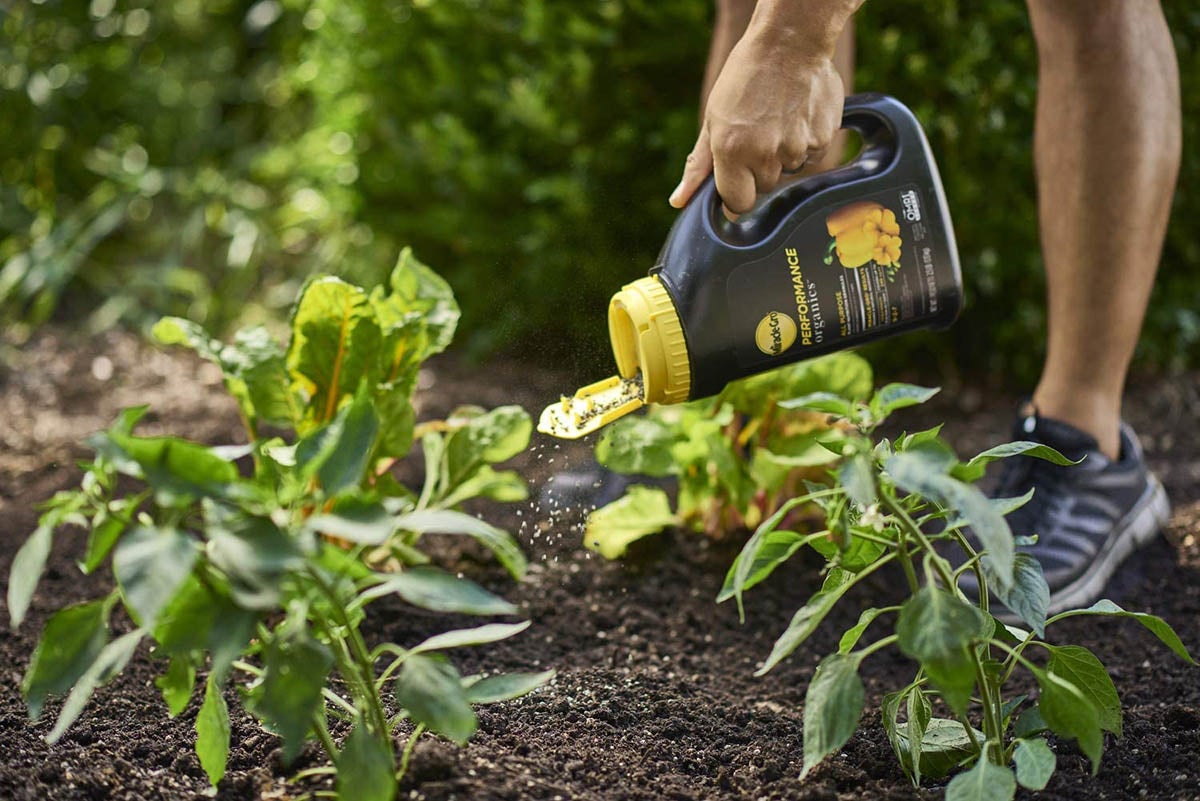
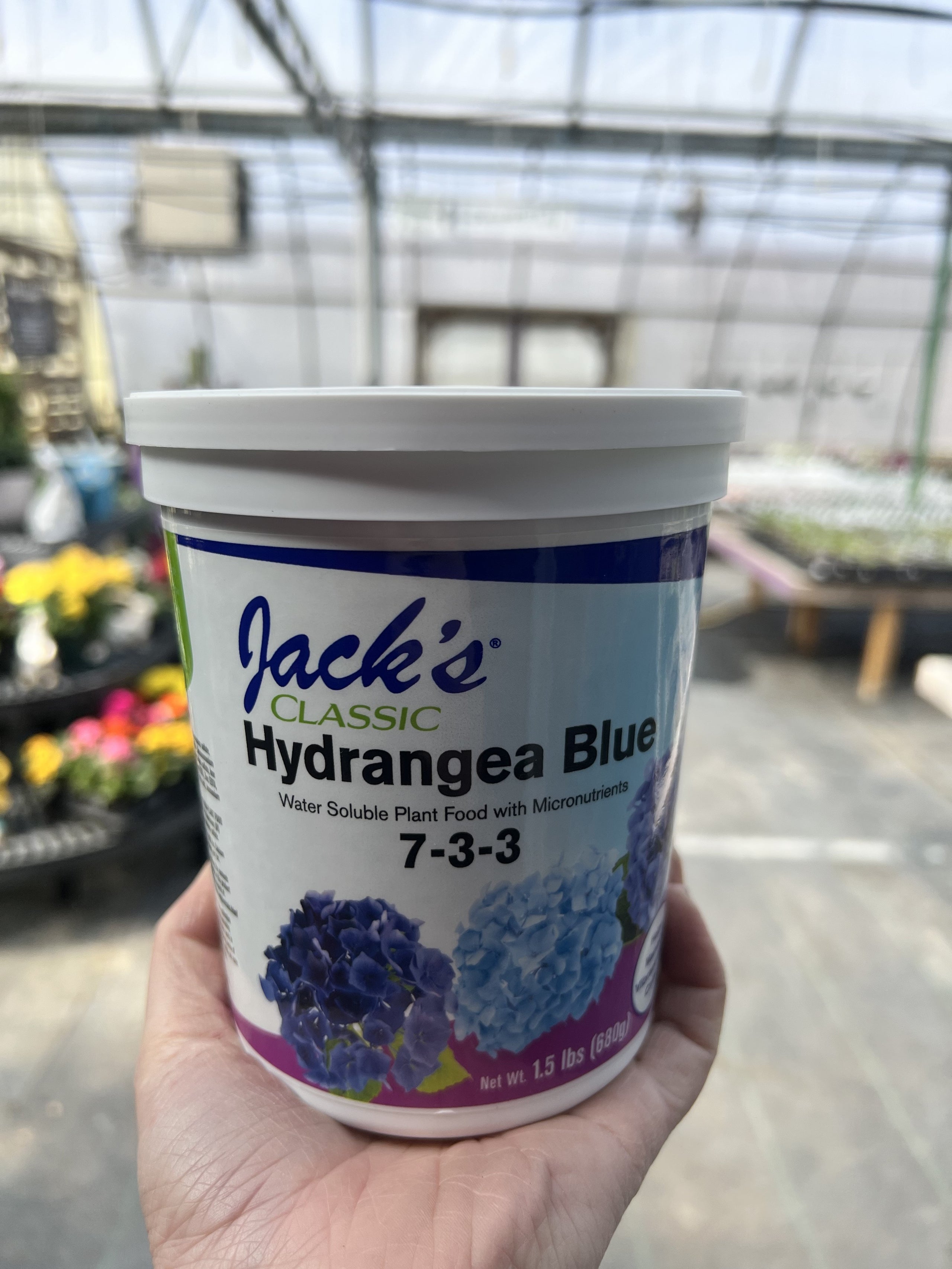


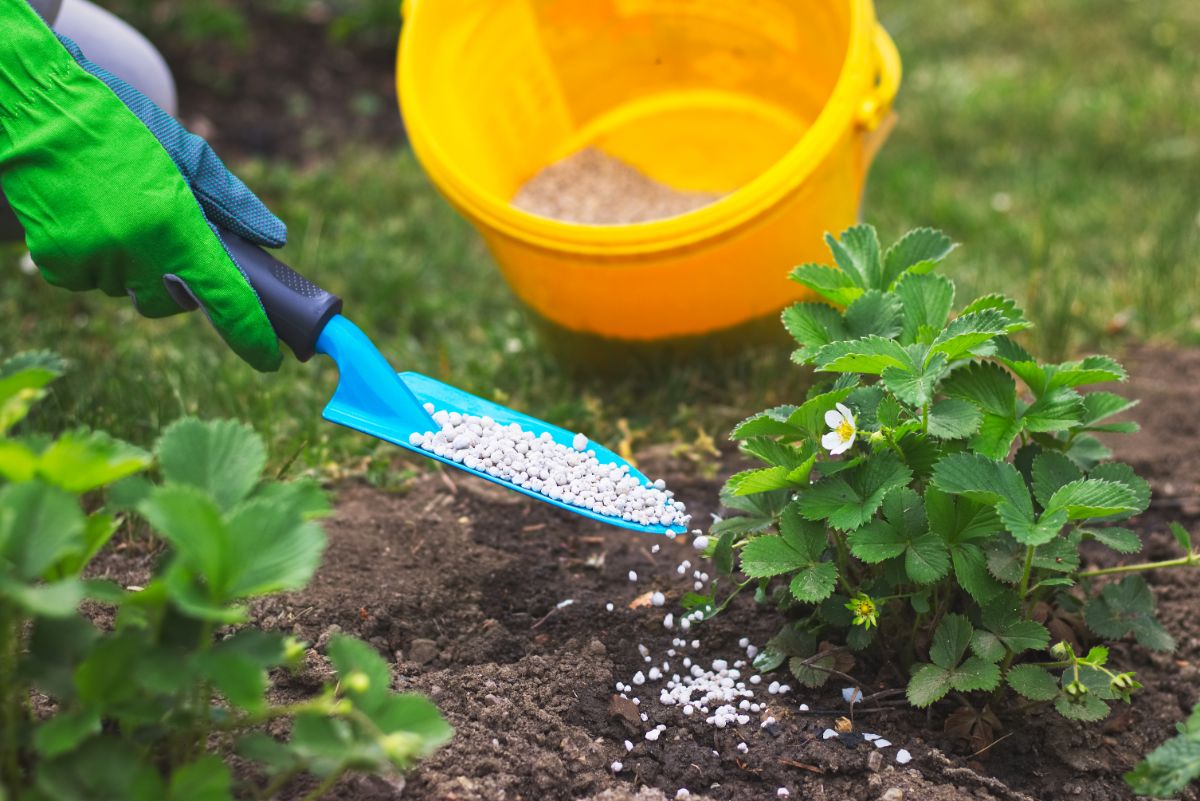
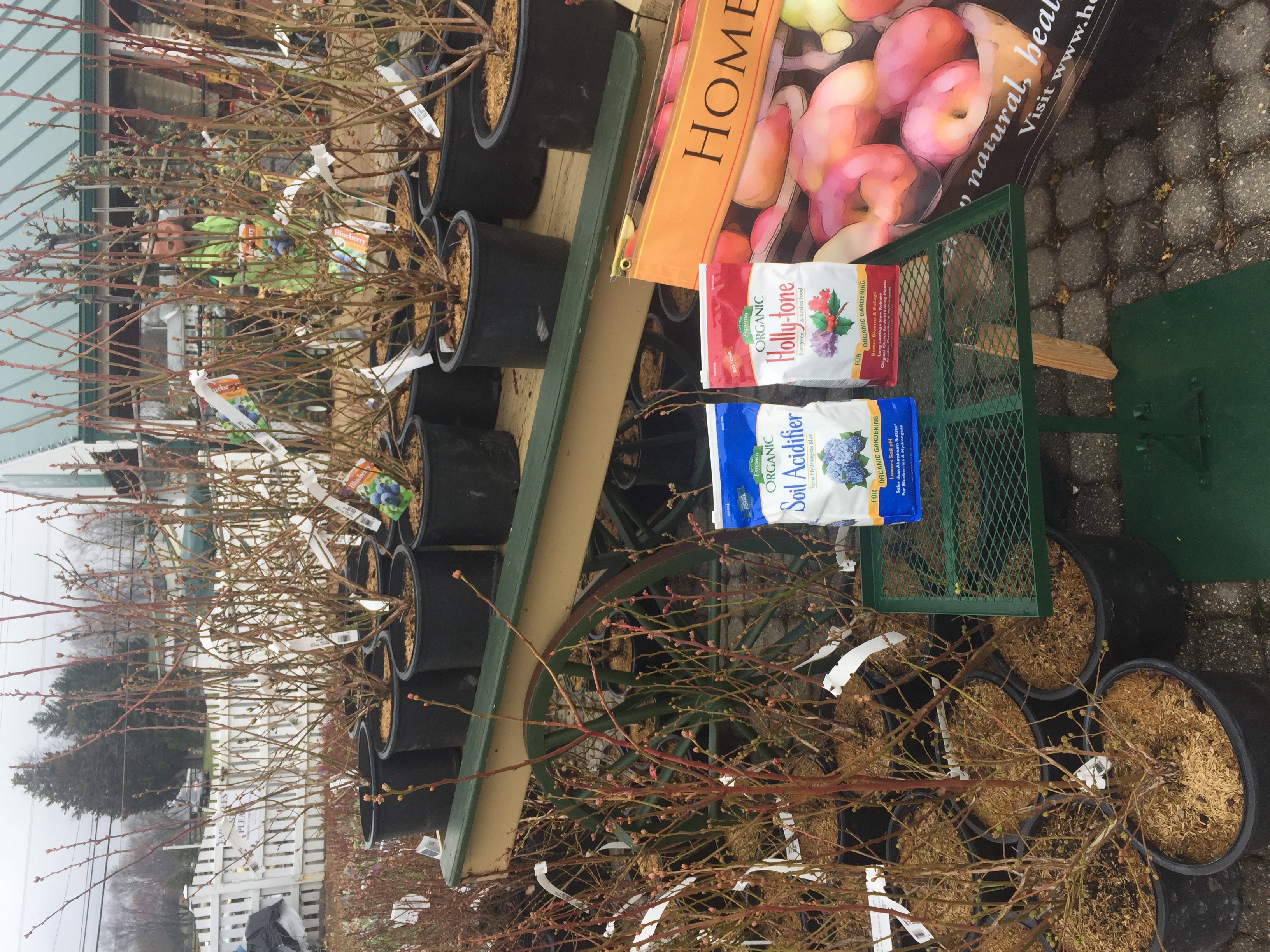

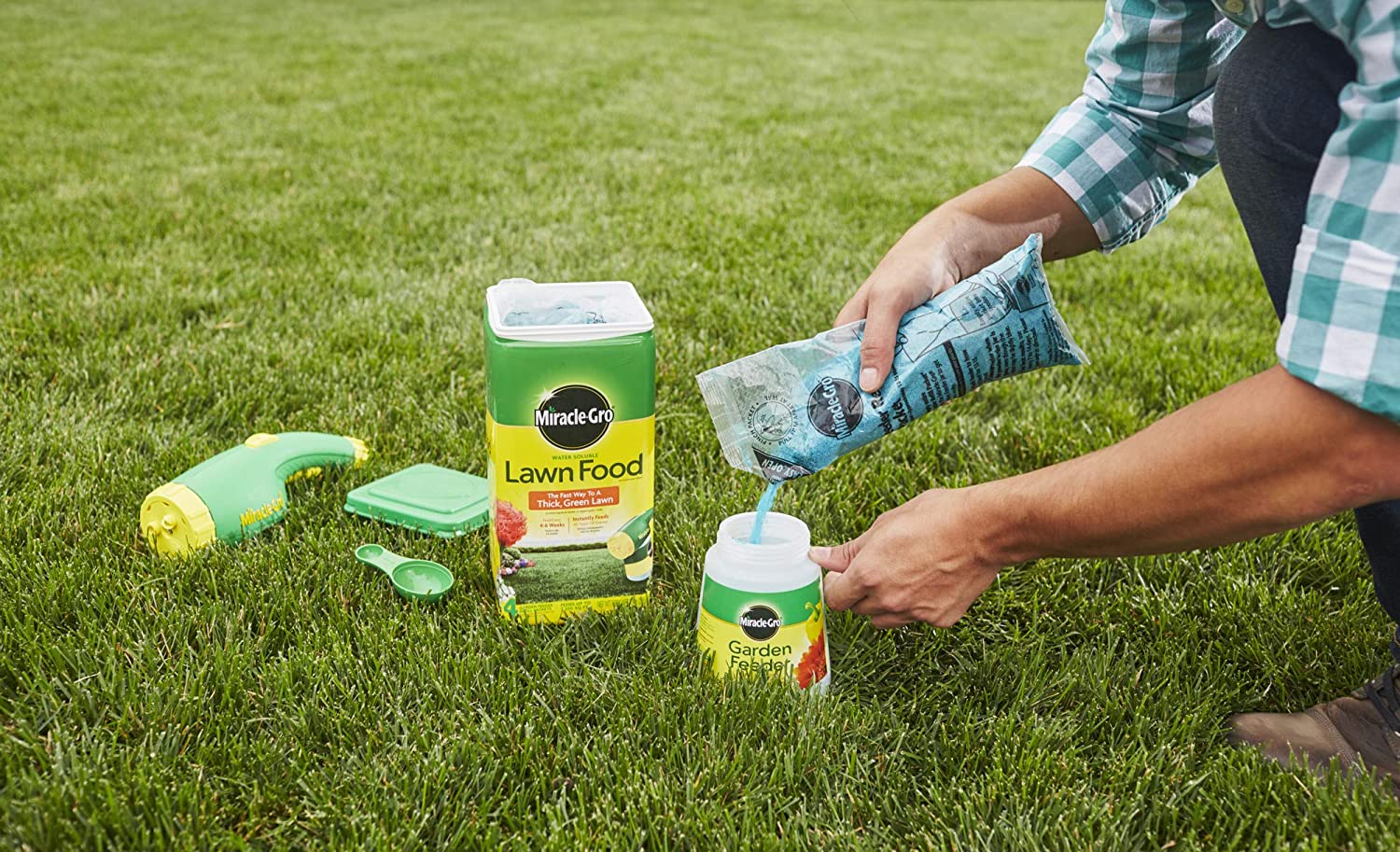
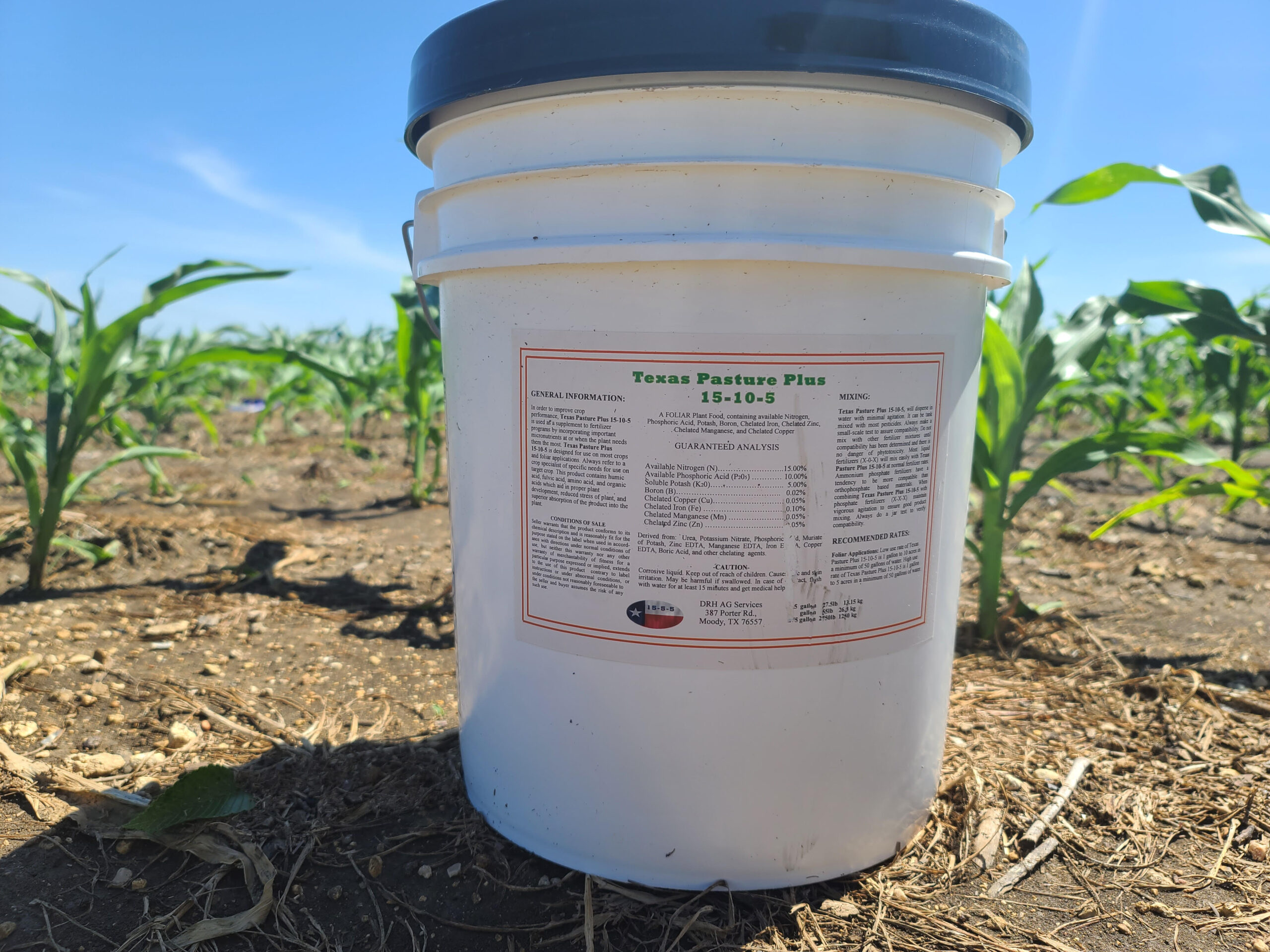

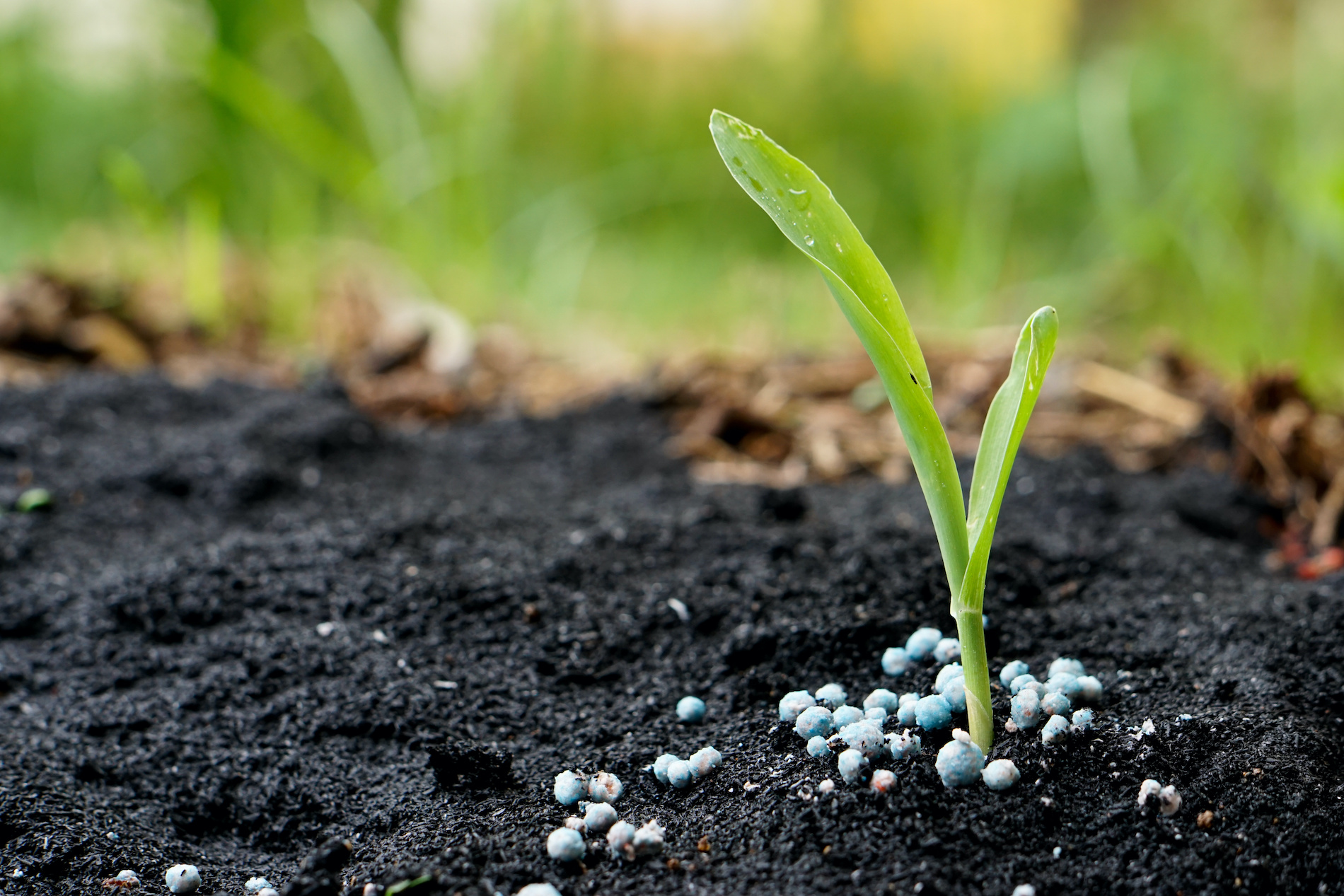
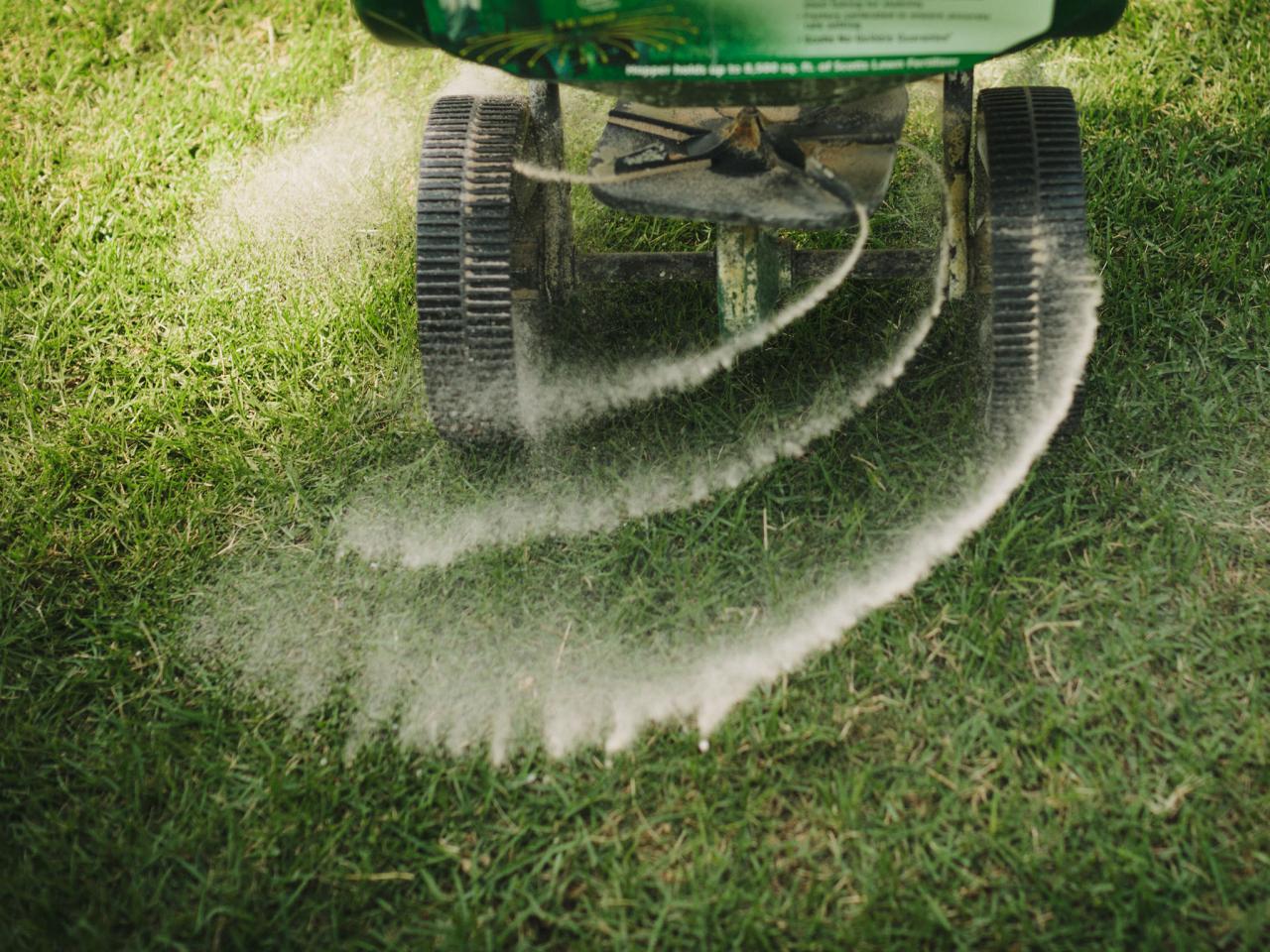

0 thoughts on “What Is Dap Fertilizer”